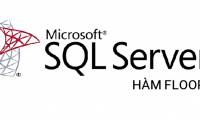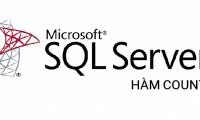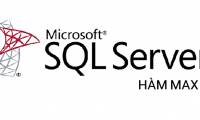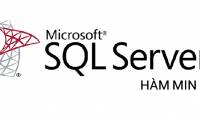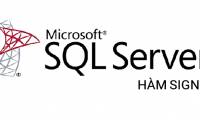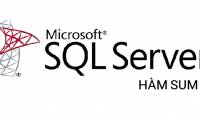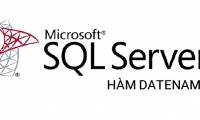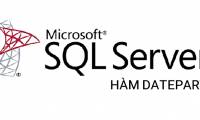Search results: sql server number handling function
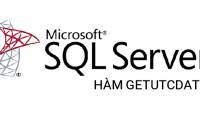
this article will show you in detail how to use datetime getutcdate () function in sql server with specific syntax and examples to better visualize and capture functions.
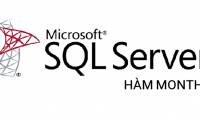
this article will show you in detail how to use the datetime month () processing function in sql server with specific syntax and examples to better visualize and capture functions.
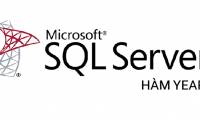
sql server's year function returns a 4-digit integer that is the year value in the timestamp passed.
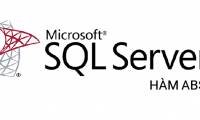
this article will show you in detail how to use the abs () handling function in sql server with specific syntax and examples to better visualize and capture functions.
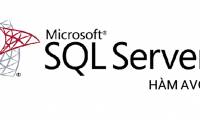
the avg function in sql server returns the average value of an expression or average value according to the specified column of the selected row.

the floor function in sql server returns the largest integer value but less than or equal to the transmitted numeric expression.

this article will show you in detail how to use functions that handle count () numbers in sql server with specific syntax and examples to better visualize and capture functions.

the article will explore and show you how to use the max function in sql server to find the maximum value in a set.

the article will explore and show you how to use the min function in sql server to find the smallest value in a set.

the article will give you detailed instructions on how to use the sql server round () function with the syntax and specific examples to make it easier to visualize and capture the

the sign function in sql server is used to retrieve the sign of a number or the transmitted expression.

the sql server sum function returns the total value of a column, a data set, or an expression.

the datename function in sql server returns a time value of the input argument, which can be day, month, year, quarter, hour, minute, second, millisecond ... the return value is a

the datepart function in sql server returns a time value of the input argument, which can be day, month, year, quarter, hour, minute, second, millisecond ... the return value is an
 this article will show you in detail how to use datetime getutcdate () function in sql server with specific syntax and examples to better visualize and capture functions.
this article will show you in detail how to use datetime getutcdate () function in sql server with specific syntax and examples to better visualize and capture functions. this article will show you in detail how to use the datetime month () processing function in sql server with specific syntax and examples to better visualize and capture functions.
this article will show you in detail how to use the datetime month () processing function in sql server with specific syntax and examples to better visualize and capture functions. sql server's year function returns a 4-digit integer that is the year value in the timestamp passed.
sql server's year function returns a 4-digit integer that is the year value in the timestamp passed. this article will show you in detail how to use the abs () handling function in sql server with specific syntax and examples to better visualize and capture functions.
this article will show you in detail how to use the abs () handling function in sql server with specific syntax and examples to better visualize and capture functions. the avg function in sql server returns the average value of an expression or average value according to the specified column of the selected row.
the avg function in sql server returns the average value of an expression or average value according to the specified column of the selected row. the floor function in sql server returns the largest integer value but less than or equal to the transmitted numeric expression.
the floor function in sql server returns the largest integer value but less than or equal to the transmitted numeric expression. this article will show you in detail how to use functions that handle count () numbers in sql server with specific syntax and examples to better visualize and capture functions.
this article will show you in detail how to use functions that handle count () numbers in sql server with specific syntax and examples to better visualize and capture functions. the article will explore and show you how to use the max function in sql server to find the maximum value in a set.
the article will explore and show you how to use the max function in sql server to find the maximum value in a set. the article will explore and show you how to use the min function in sql server to find the smallest value in a set.
the article will explore and show you how to use the min function in sql server to find the smallest value in a set. the article will give you detailed instructions on how to use the sql server round () function with the syntax and specific examples to make it easier to visualize and capture the
the article will give you detailed instructions on how to use the sql server round () function with the syntax and specific examples to make it easier to visualize and capture the the sign function in sql server is used to retrieve the sign of a number or the transmitted expression.
the sign function in sql server is used to retrieve the sign of a number or the transmitted expression. the sql server sum function returns the total value of a column, a data set, or an expression.
the sql server sum function returns the total value of a column, a data set, or an expression. the datename function in sql server returns a time value of the input argument, which can be day, month, year, quarter, hour, minute, second, millisecond ... the return value is a
the datename function in sql server returns a time value of the input argument, which can be day, month, year, quarter, hour, minute, second, millisecond ... the return value is a the datepart function in sql server returns a time value of the input argument, which can be day, month, year, quarter, hour, minute, second, millisecond ... the return value is an
the datepart function in sql server returns a time value of the input argument, which can be day, month, year, quarter, hour, minute, second, millisecond ... the return value is an